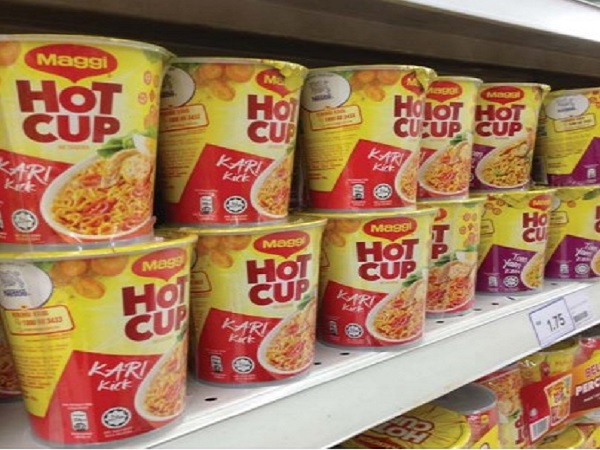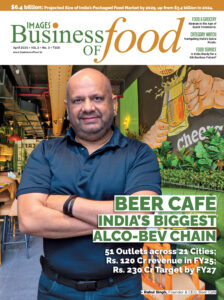The RTE/RTC/RTH/RTS/RTD and Frozen food segments, which collectively make up the convenience food industry in India, are poised for robust growth driven by urbanization, changing consumer preferences, and technological advancements. To capitalize on these opportunities, brands and retailers need to focus on innovation, quality assurance, and expanding their market reach. However, sustained growth in this…




